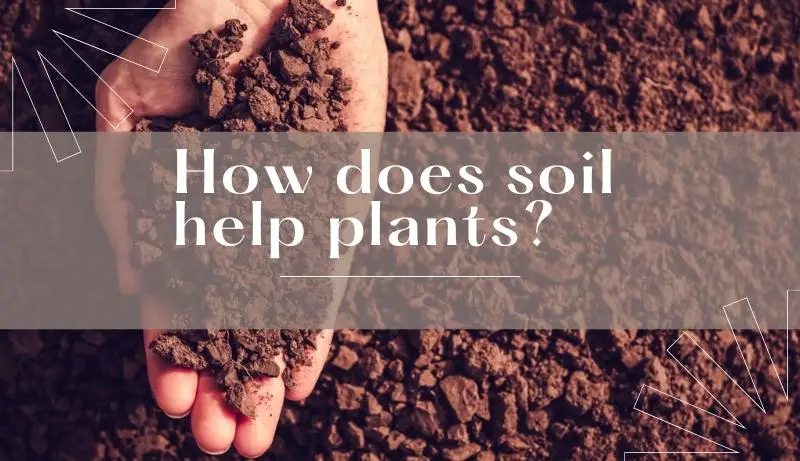If you are curious about the plant and vegetal kingdom, you surely know the correlation between plants and soil. The symbiotic relationship of soil and plants are beyond nature’s explanation.
Almost all the plants grow in soil. Soil provides all the essential elements for plants to grow and live. Now you need to know, How Does Soil Help plants. Soil also does valuable tasks for the environment. But here, we will discuss how it helps plants to grow healthy and to live healthily.
To be mentioned, there is no such thing as the best soil for plants. Particular plants go together with particular soil structures. Like in sandy soil, some particular plants grow in a flourished way. Such as Blanket Flower, Adam’s Needle, Worm Wood, Aster, Echinacea, Carrot etcetera. In clayey soil, Aster, Bee Balm, Butterfly Weed, Black-eyed Susa, Goldenrod, Hollyhock, Geranium, etcetera are well-adapted plants.
Every plant gets its adaptable soil structure. They get their cherished nourishment. With the help of the soil, plants develop so toned up.
See Also: Get a good quality Potting Soil for Avocado Tree Top 5 picks.
Things You Should Know About Soil
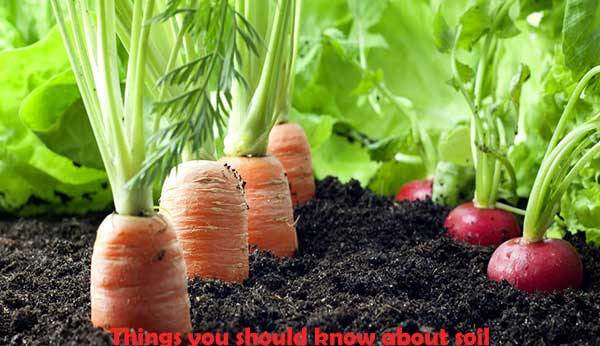
Soil is a natural substance that covers one-fourth of the world. It works as the anchor of a plant. It is composed of minerals and organic materials. There are three main types of soil. They are sand, silts, and clay. The good development of a plant totally depends on the nature of the soil.
Characteristics of Soil vary from place to place. The main influences behind the soil variation are – Time, Climate, Topography, Organisms, and Rocks under the surface. Soil also provides residence to the microbes and fungi, insects. It filters water naturally and recycles raw materials.
Most of the soil is acidic. This acidic nature contains a downcast nature to provide and interchange the nutrition that plants need. As I said, any kind of soil can be good for your plants. In the same way, some plans like the sandy soil condition, and some prefer clay soil more.
Study shows common garden plants are mostly blended with a type of soil named Loam. Sandy Loam is one type of soil that has the perfect combination of minerals and organic substances. Loam helps by giving plants 40% of Salts, 40% of slits, and 20% of clay. Soil texture is very important. It maintains the quality of nutrients and drainage capabilities.
Sometimes for better growth, you can use compost with the soil. According to the depth of your plant’s root, you can use peat moss and sand.
See This: Top 5 Potting Soil for Jade Plant An expert reviews and buying guide.
How Does Soil Help Plants
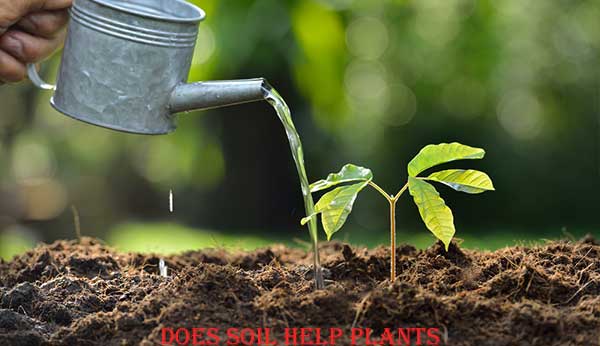
Plants are inseminated into the soil. In this sense, the soil is the mother of a plant. It is the home of a plant. It is the giver. It helps plants to live healthily. It works as the main medium of plant growth. Here I’ll mention some vital elements that soil supplies to plants –
Water: There are spaces between soil particles. These spaces contain water. Water from the soil moves up to the plants, cools the plants, and lets the leaves evaporate water. Other tissues also get and vaporize this soil water.
The water from the soil also contains some nutrition and transpires into the plant. Vital nutrients make the cell size of the plant equal and prevent wilting.
Water is also an element for photosynthesis. Plants can use this water for this process too. So, soil helps the plant to make their food.
Oxygen: The place inside the soil particle is way more helpful. They contain oxygen too. This is also transpired through the cells of the plants. Oxygen helps to continue plant’s chemical activities. It helps to break sugar while respiration (breathing system of plants) and make carbohydrates while making food by photosynthesis.
Oxygen gives immense energy to plant’s body. It makes the plants glow inside by running the reaction in plants.
Anchorage: Anchorage means the rooting of the plants. Soil is the resort to the plants. Roots extend upward and downward inside the soil. It gives rest to the plants and makes them stabilize. Roots spread freely in the inner surface of the soil, absorb essential nutrients, and help plants to grow up.
Protecting substance: Soil accumulates the extra nutrition from the fertilizer that we add. Then gives to the plants to use. Normally soil has its own nutrients, they are appointed for the plants anyway.
Balance in Temperature: During excessive heat, heavy monsoon, or in rattling cold weather, soil balances the degree around the roots. It controls drastic fluctuation of temperature and saves plants from wilting.
Organismic value: Many organisms live in the soil like bacteria, fungi, algae, insects, nematodes, slugs, earthworms, vertebrates, etc. They secrets many natural essentials that are good for plants. Their secretions dissolve minerals and supply them to the plants. They decompose and add organic matter to the soil. They convert the inorganic matters to other things then they are easily consumed by plants.
Why Soil Matters?
See More: Top 5 Soil for Beans for your Home – Buying guide.
Soil’s Capacity to Hold and Provide Nutrients is Dependent on Some Variables. Such as:
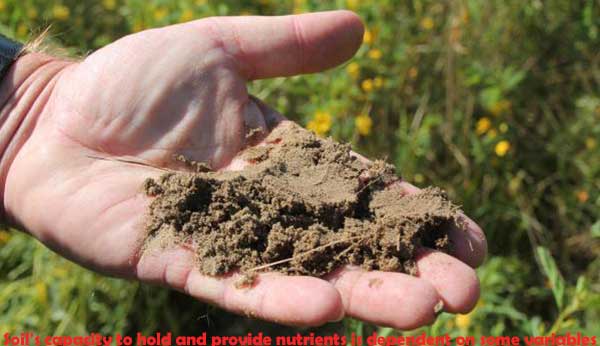
CEC:
The tiny nutritious particles like humus and clay are significant for holding the nourishment inside the soil. Humus itself is a nutrient for plants. There are cations inside the soil. Humus and clay are negatively charged and attracted by the cations. This bond actually keeps this humus and clay, and they keep the nourishment. This whole cycle is called CEC or Cation exchange capacity, and it is found on the plant’s roots.
pH range:
pH is the measurement of whether any substance is acidic or alkaline. pH regulates the number of nutrients found in the soil. It ranges from 0 to 14. Soil generally ranges from 4.0-8.0. Lower than 6 is counted as acidic and upper than 7 is alkaline. Most of the plants perform and grow well in the pH of 6.0-7.0. This is also a perfectly balanced pH of soil. But there are acid-loving plants and alkaline-loving plants. Like blueberry plants grow well in the pH below 5 which means it is an acid-loving plant.
OM / organic matters:
OM is in the sector of decomposition. It continues to decompose until it becomes humus. OM increases water retention, drainage of clay, buffers the pH of soil solution, prevents the harmful effect of rapid chemical changes happening inside the soil as well as roots, improves CEC. All this suchness ultimately provides nourishment to the plants indeed.
Water holding capacity:
Clayey soil holds much more water than sandy soil. Loamy soil reaches towards dryness after 2/3 days of rainfall. Plants continuously take water from the soil. So if water is not added after, it becomes dry and plants can’t access water either.
Final Words
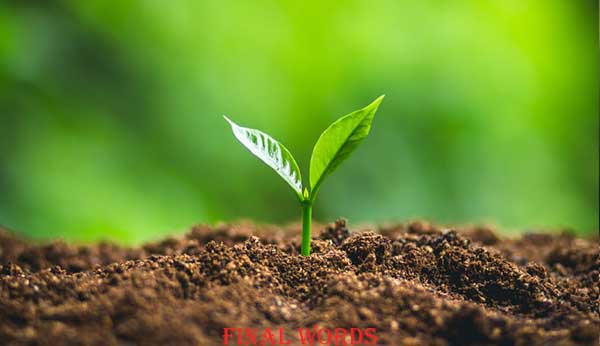
Ultimately, the soil is the main authority towards the chemical and physical wellness of the plants. From all the discussion, I hope you got to know how does soil help plants. Now you have a clear idea that it is the soil that helps to prevent wilting and tilling, manages the pH of the plant body, manages the transportation of minerals, decides the amount of nutrition inside plants, and so on.
Also Read: Our selected Soil for Fruit Trees list for you – Top 5 picks.

David, the founder of The Garden Fixer, started with a passion for gardening in 2012. He has continued his passion for gardening and desire to improve his skills and wanted to share his journey and helpful knowledge with other like-minded individuals.
He launched The Garden Fixer as an outlet for those interested in learning more about Gardening in hopes they can take what they learn and apply it for themselves!
